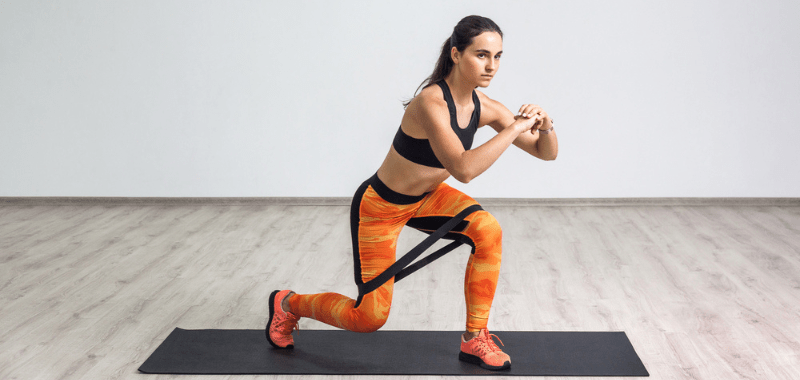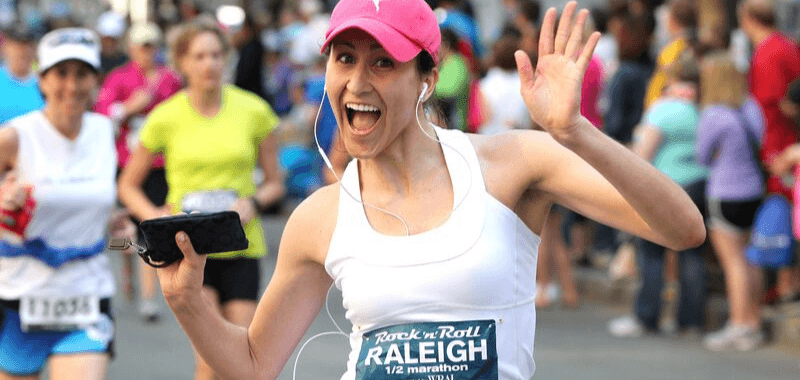Tabla de contenido
When discussing strength training, some areas tend to get more attention from many athletes for aesthetic reasons (mainly in this case) or health reasons. This muscle area becomes an area where the work should be more focused. Regardless of which is the case, it is indisputable that one of the main areas of the body with which this phenomenon tends to occur is the buttocks.
The buttocks as a muscle group
Of course, before exercising a muscle area, it is essential to understand its anatomy. In the case of the buttocks, starting from the understanding that this has several regions, each requiring more centralized exercises where you can work thoroughly, you should know how to diversify your exercises when training.
The gluteus is a thick, rhomboidal, and oblique muscle of the lower limb located in the pelvis’s posterior area. It is formed from muscle fibers arranged descendingly and downward, dividing into what we know as the gluteus maximus, gluteus medius, and gluteus minimus.
The buttocks are one of the body’s most voluminous and robust muscles. They protect the pelvis and, due to their thick and wide nature, help coordinate motor movements, fulfilling a primordial step within displacement.
Gluteal Exercise Guide

For these reasons, we can quickly see how the glutes are essential for any runner or running enthusiast. Below, we list the best glute exercises, highlighting their focus points and strengths, moving away from the well-known squats, and diversifying this category.
Of course, the first step in these cases is to go to a specialist for further advice since each body demands different needs. In addition, in the digital world, you can find many alternatives where you can start training from the comfort of your home.
But before starting with the exercises, and within the guide when the exercises, we must consider specific facts that science and medical studies have pointed out concerning this subject. When we talk about strengthening or working the buttocks, we must keep in mind that the key to achieving the desired results is to practice at least twice a week these exercises (no more, no less), paying attention to the development of physical endurance and performed in sets of 3 to 4 series, with 15 to 20 repetitions, depending on the exercise and its degree of difficulty and if they are performed with additional weight or not.
Of course, we recommend that, above all, the beginning of how you increase the repetitions should be gradual since it is always preferable to start with the minimum and then progressively increase the repetitions and intensity, especially if you are a beginner.
Gluteal workouts
These highlighted exercises have priority weight, as they give more significant support and solidity to the buttocks and can help create an image of more aesthetic and lifted buttocks.
- Deadweight deadlift with hexagonal bar: having the facility to work with a bar that protects the back, facilitates and helps a more fluid movement, working the gluteus minimus and the legs.

- Bench Jumps: these high-intensity exercises are excellent for the upper glutes, developing them to their maximum potential and giving them tone. It is always recommended to perform them with a stopwatch and not by repetitions.

- Pelvic raises: always exercise on a yoga mat to avoid discomfort and slipping. This exercise, besides being super beneficial for the buttocks, can help people who suffer from back problems, although it is important always to perform it with caution, taking care to stay straight and straight.

- Lateral leg lifts: This exercise requires working on both legs (on each side). It is performed on a mat, with the body in a lateral position and the legs lifted upwards, with these positioned straight. This exercise can help with the gluteus medius, but generally, it is flattering for the whole area.

- Weighted donkey kick: ideal for closing, high-tension sessions. This exercise is an excellent addition to your routines to increase the density of the gluteal area and is one of the most popular in recent times. This exercise can be maximized by using training bands.

- Strides: Of course, it was impossible not to mention the famous strides, which work the entire pelvic area and legs. It should be noted that the position of the legs and knees should always be taken care of so that the exercise is performed with caution and precision so as not to wear out the legs, especially the knees.

Always remember that the best training is done with awareness and with the approach of preserving the body, not harming it. Try to train to take care of your health, and if possible, do it under the eye of a professional to avoid injuries or damages that can occur in more severe conditions.
Images: DepositPhotos
Looking for a plan that trains with you, not against you?
At running.COACH, we don’t just build a schedule. We create a smart, living plan that evolves with you. It understands your level, your race goals and your real life. Whether you sync your GPS watch or train straight from our iOS or Android app, your plan adjusts automatically as you improve.
From day one, you’ll feel the difference:
- A fully personalized, dynamic plan designed for you.
- Automatic sync and effortless workout tracking.
- Real-time updates when life happens, including missed sessions, new races or schedule changes.
- Simple, science-backed guidance to train smarter and recover faster.
🎁 Start today and enjoy your first 30 days free.
Because the best training plan isn’t one you follow. It’s one that follows you.app.











0 Comments